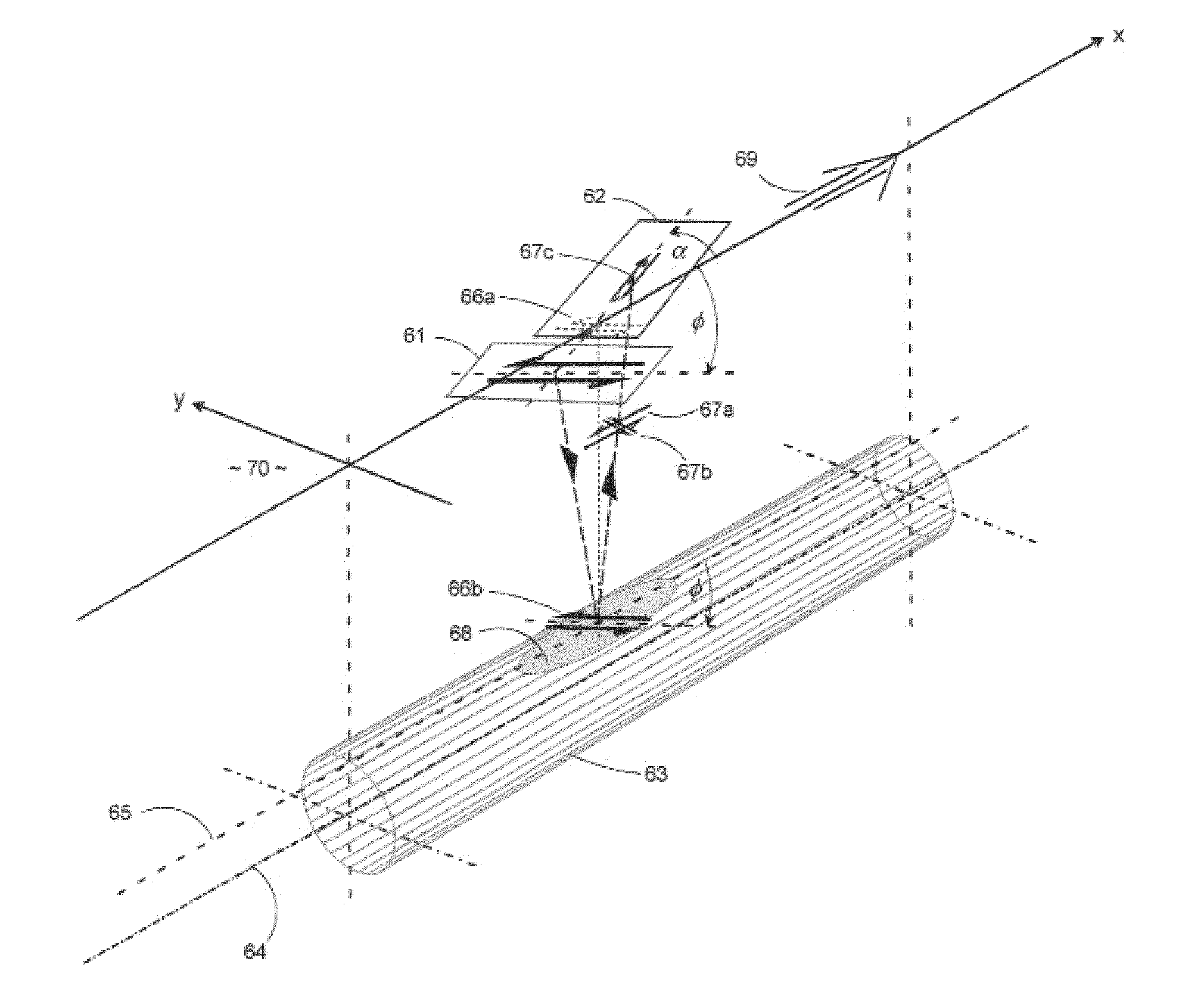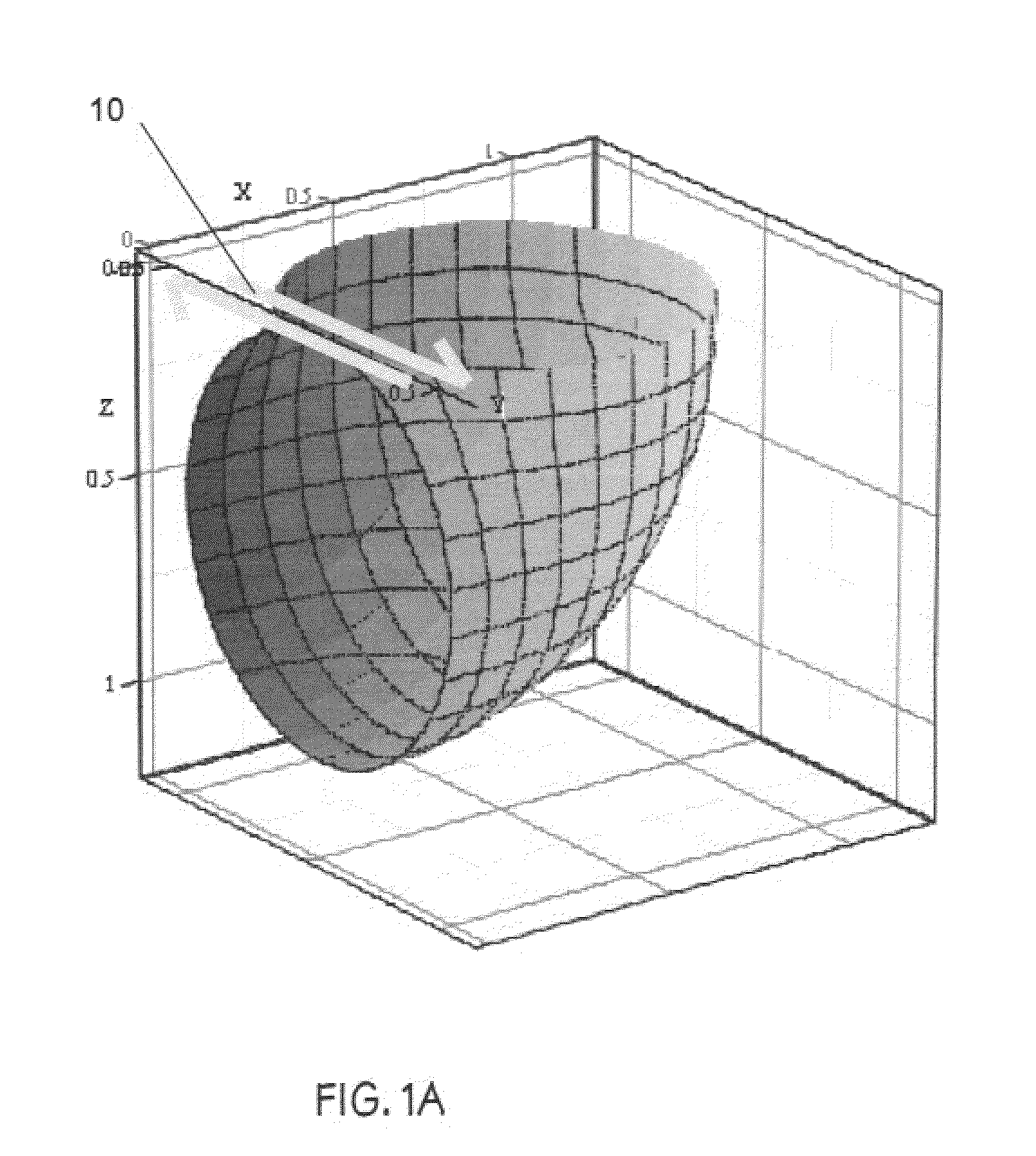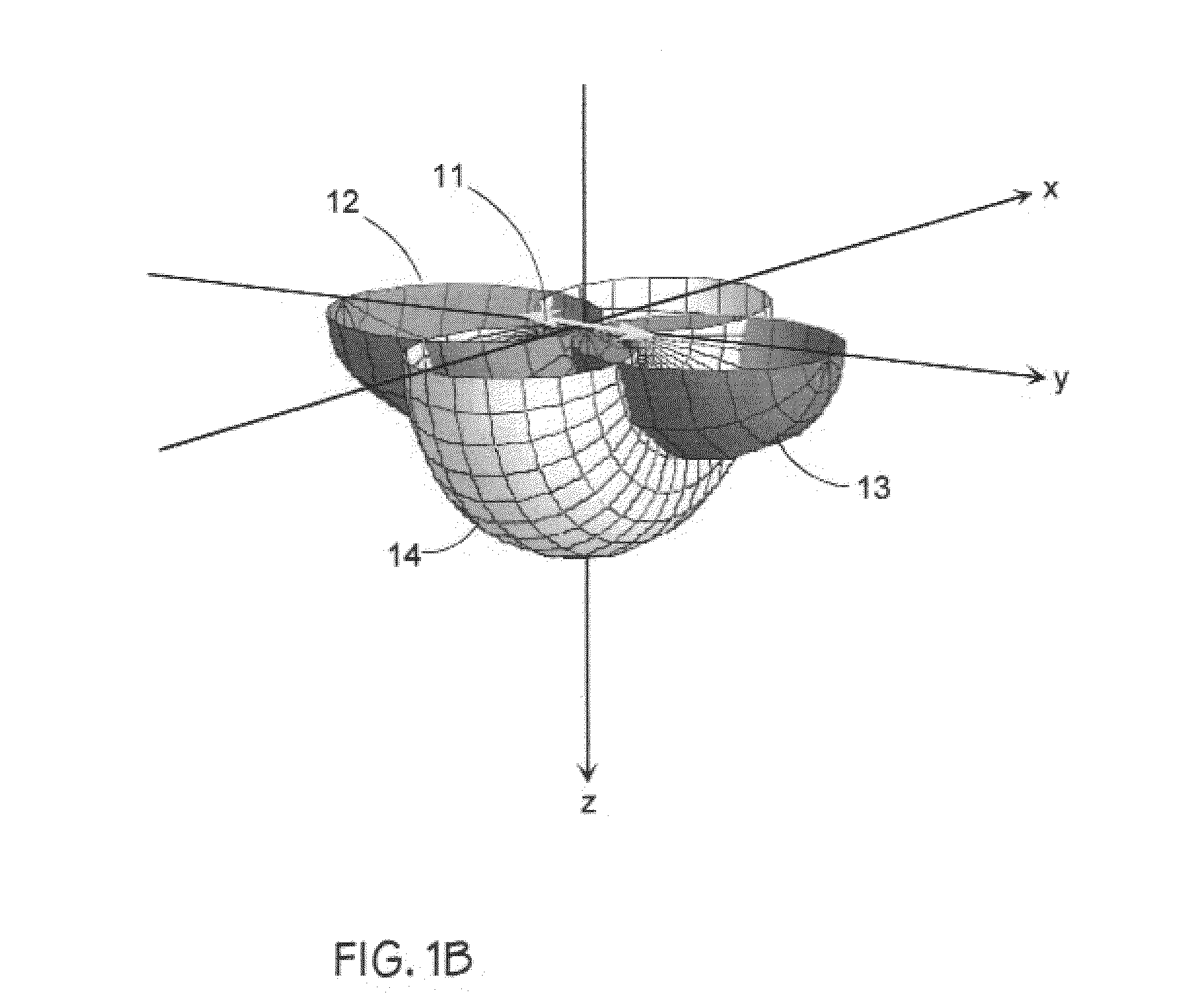Method and Apparatus for Selective Seismic Detection of Elongated Targets
a technology of elongated targets and methods, applied in the field of selective seismic detection of elongated targets, can solve the problems of difficult generating high-frequency (short wavelength), ineffective conventional seismic reflection techniques employing one or more detector lines and using compressional (p) wave sources located at positions distributed along the detector line, and inability to detect slender one-dimensional targets such as underground pipes
- Summary
- Abstract
- Description
- Claims
- Application Information
AI Technical Summary
Benefits of technology
Problems solved by technology
Method used
Image
Examples
Embodiment Construction
[0027]The invention disclosed herein refers to a high-resolution seismic reflection technique utilizing horizontally polarized shear (SH) wave source and sensor transducers to provide operating features and functions for selectively detecting and mapping elongate cylindrical targets such as shallow underground pipes or conduits. The principal features and functions exemplified by this invention are:
[0028](1) A seismic vibrator source capable of generating SH waves in the frequency range 50-2,000 Hz when coupled to ground surfaces such as soil or paved surfaces overlying soil; the soil being the host medium potentially containing one or more underground utility pipes or conduits;
[0029](2) A seismic sensor capable of detecting SH waves when coupled to ground surfaces such as soil or paved surfaces overlying soil; the soil being the host medium potentially containing one or more underground utility pipes or conduits;
[0030](3) The SH-wave source and SH-wave sensor in (1) and (2) arrange...
PUM
 Login to View More
Login to View More Abstract
Description
Claims
Application Information
 Login to View More
Login to View More - R&D
- Intellectual Property
- Life Sciences
- Materials
- Tech Scout
- Unparalleled Data Quality
- Higher Quality Content
- 60% Fewer Hallucinations
Browse by: Latest US Patents, China's latest patents, Technical Efficacy Thesaurus, Application Domain, Technology Topic, Popular Technical Reports.
© 2025 PatSnap. All rights reserved.Legal|Privacy policy|Modern Slavery Act Transparency Statement|Sitemap|About US| Contact US: help@patsnap.com



